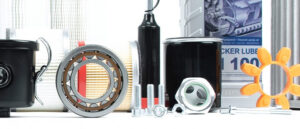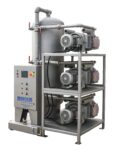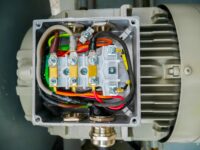Choosing the right vacuum pump can ensure that your operations will be the most cost and energy-efficient, with the least maintenance and minimal downtime.
In this article, the experts at Becker offer their advice on how to make the optimal selection for your application – whether it be secondary packaging, thermoforming, composites, CNC routing, printing, or any other industry that relies on vacuum pumps.
The key factors to consider when selecting a vacuum pump will depend on the specifics of the application. For example, the type of vacuum technology needed will hinge on whether you require constant or intermittent vacuum.
Other application parameters affecting the choice will include temperature, moisture, particulates, or process residues. Also, consider if there are certain contaminants and/or materials present that could affect the vacuum or change when vacuum is applied.
| How to Choose a Vacuum Pump | ||
| Application | Important to Consider | Recommended Vacuum Pump(s) |
| Blowing & Injecting | Exhaust temperature, required pressure/vacuum level, full or part-time use | – regen/side channel blowers – dry rotary vane – hook & claw |
| Degassing | What is being degassed, boiling/dew points of process, moisture, temperature, filtration often required | – Oil-lubricated vane – Dry Vane |
| Evacuation | Required vacuum level, how long to get to that level, boiling points of the process | – dry vane – oil-lubricated vane |
| Extracting | Temperature, vacuum level, and what’s being extracted – will probably need filtration | – Oil-lubricated Vane – Dry Vane – Hook & claw |
| Gas Recirculation | Does it need to be gastight? Temperature, required vacuum/pressure and pull down (time to get to required level) | – Regen/Side Channel blower |
| Pick & Place | Required vacuum and flow, intermittent or constant use | – Regen/Side Channel blower – dry vane – Hook & Claw |
| Pneumatic Conveying | Required vacuum and flowCharacteristics of the product that is being moved — could be dusty or heavy or other characteristics | – Regen/Side Channel Blower – Dry Vane – Hook & Claw |
| Vacuum Fixing | Application specifics, temperatures, required vacuum, and what’s being fixed/held down | – Regen/Side Channel Blower – Dry Vane – Oil Lubricated Vane – Hook & Claw |
Once these application parameters are nailed down, the main factors that will determine the specific make and model vacuum pump to choose are:
- Required vacuum level
- Volume flow (cfm)
- Piping/setup
Lastly, take into account your willingness to provide maintenance/service at the recommended intervals. The amount of time and investment required for these activities depends on the make and model of the pump.
Generally speaking, filtration and the right ambient conditions keep the pump healthy.
CONSEQUENCES OF CHOOSING THE WRONG VACUUM PUMP
When choosing the best vacuum pump for a specific application it’s crucial to apply the right amount of vacuum. For instance, a food product could start boiling if the vacuum level is too high. This can lead to a damaged product and additionally, the vapor may damage the pump.
In other instances, e.g. vacuum fixing or pick and place operations, too low a vacuum level can result in a risk for machine operators and machines due to a lack of clamping force.
The wrong pump choice may influence the process outcome, energy efficiency, service intervals, and many other aspects critical to your operation. Because of these factors, anything could happen – from an explosion or fire, to not working properly or the product/process being affected negatively.
VACUUM LEVELS
Vacuum pressure levels are generally classified as rough, medium, or high vacuum. Different companies and experts talk about vacuum levels differently and use different measurement units, so it’s important to clarify. Vacuum pressure can be measured in units of Torr, millibar, microns, or inches of mercury, Pascals (Pa), psi, etc.
So, for instance, a rough vacuum theoretically goes up to 1 millibar or roughly 29.8 inches of mercury. At Becker, we don’t use these terms scientifically, so when we say rough vacuum, we’re typically referring to about 15-20” of mercury or less.
There is a caveat to this. Most vacuum pump manufacturers, ourselves included, say we offer “full vacuum” pumps or to 29.99” of mercury. However, it’s rare for most industrial applications to require that level of vacuum. Most customers who say “I need full vacuum” don’t actually need it, and most companies like Becker will use the term “full vacuum” to mean something above 29” and then further qualify on a per-application basis.
VACUUM VS. FLOW
A vacuum occurs in any place where the gas pressure is lower than the Earth’s atmospheric pressure, which is approximately 14.7 psi (pounds per square inch). To create a vacuum, there must be a flow of gas or liquid from one location to another. Molecules of gas are constantly moving, putting pressure on the surrounding surfaces. As molecules are pumped away from an area, the pressure drops, and a vacuum is created.
Sometimes customers need a high flow but only a low vacuum level. For instance, a fan moves air at a high rate of flow but doesn’t create a vacuum (or only a very nominal vacuum). Other times a customer may need a really high vacuum level. The higher the vacuum, the lower the flow.
In “real” terms this makes sense. A vacuum has to pull molecules from somewhere which causes a corresponding reaction. To get high levels of vacuum, eventually, the flow will have to decrease as you’re pulling from less available volume.
GENERAL RECOMMENDATIONS FOR BECKER PUMPS
Rough vacuum – less than 15” of mercury. With less than 15” customers will also typically need higher flows. We’d recommend a regenerative blower.
Medium vacuum – 15” to 26” of mercury. We recommend dry rotary vane lines.
High vacuum – 26” to 29.92” of mercury. We recommend lubricated vane or claw pumps.
Fine or ultra vacuum – 29.92” of mercury and up. Screw pumps, and other lubricated pumps.
For more specific recommendations, see the chart below.
| Becker Vacuum Pumps | ||
| Type of Vacuum Pump | When to Choose… | Becker Pumps Benefits |
Side Channel Blower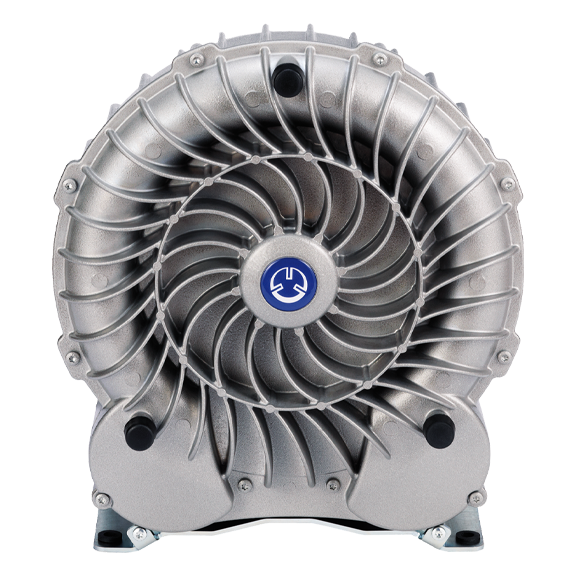 | – Low vacuum, high flow – Can be operated at all pressure levels between the atmosphere and max. vacuum – Compact footprint – Low exhaust temperatures – Dry running (oil-less) – Maintenance-free (bearing lifetime >20,000h) | – Special impeller design for high-efficiency – Integrated filters and valves are available, making it very compact – Clear filter housing for easy visual inspection – Integrated filter surface area approx. 200% of standard filter makes for longer service intervals – VariAir unit versions (VFD) enable speeds up to 100 Hz – Up to 70% more flow than a standard unit in a super compact package! |
Hook and Claw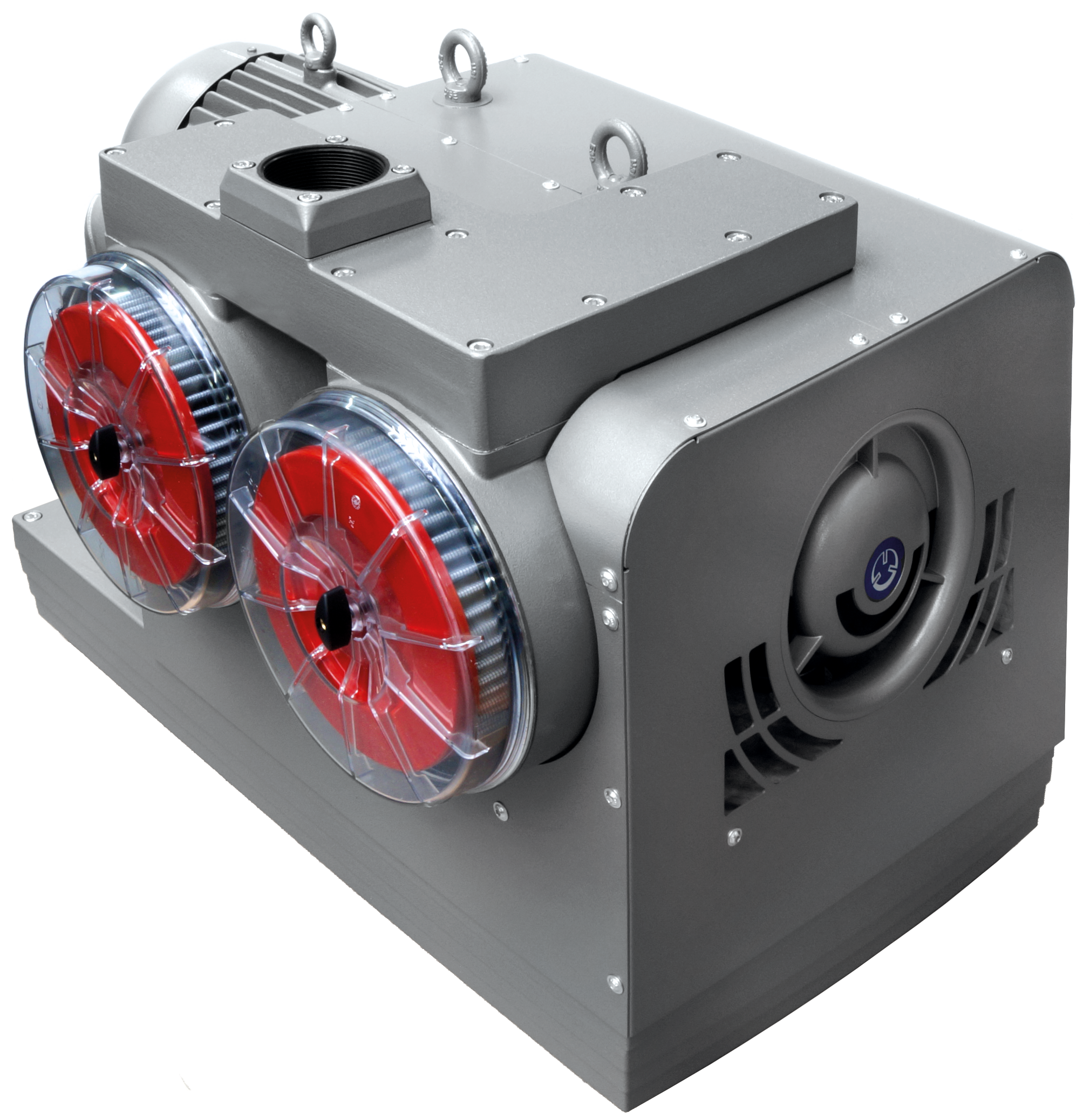 | – Small and medium flow & medium vacuum – Can be operated at all pressure levels between the atmosphere and max. vacuum – Dry and touchless operation – Maintenance-free (oil change every 20,000h) – Low operating cost | – Clear filter housing for easy visual inspection – Integrated filter surface area approx. 200% of standard external filters make for longer service intervals – VariAir unit versions (VFD) enable vacuum on demand – Higher efficiency and lower noise level |
Rotary Vane Dry (Oil-less)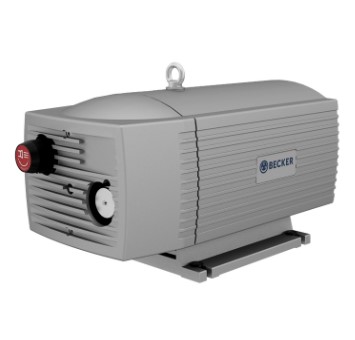 | – Small and medium flow & medium vacuum – Can be operated at all pressure levels between atmosphere and max. vacuum – Lower initial cost than claw pumps – Dry operation – Easy onsite maintenance and repair | – Proven technology from the market leader – Longest vane life in the industry – VariAir unit versions (VFD) enable vacuum on demand – Higher efficiency and lower noise level |
Oil Lubricated Rotary Vane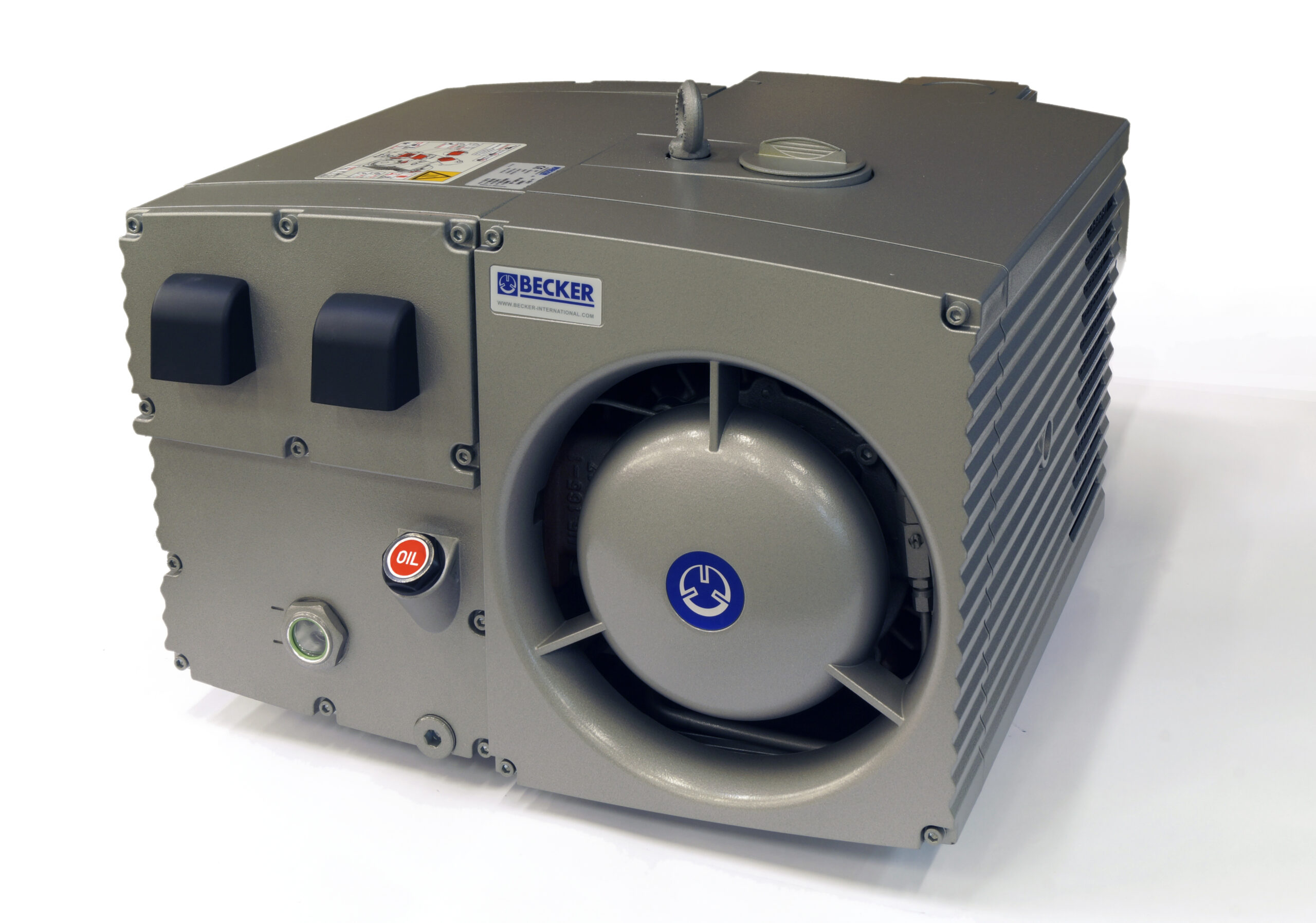 | – Small and medium flow & high vacuum – Lower initial cost than claw pumps – More robust in the presence of moisture – Limited to 20” to 29” HgV | – Reduced vibration and lower noise level – Longer operational life – Capable of achieving strong vacuum levels |
FINAL ADVICE ON CHOOSING A VACUUM PUMP
Finally, specific features or technologies can enhance the functionality and versatility of the vacuum pump you select. These may include filtration, the correct oil (in lubricated pumps), and gas ballast valves.
Remember, in the case of vacuum pumps, bigger is not always better! An oversized pump is only sometimes beneficial. Focusing on the volume flow and pressure level is more important than the installed motor – a larger motor is often a waste of money.
Becker Pumps is a leading manufacturer of vacuum pumps for a wide range of industries and applications. We have the knowledge and expertise to help you make the right pump selection for your specific needs.
Explore our innovative market solutions below.

